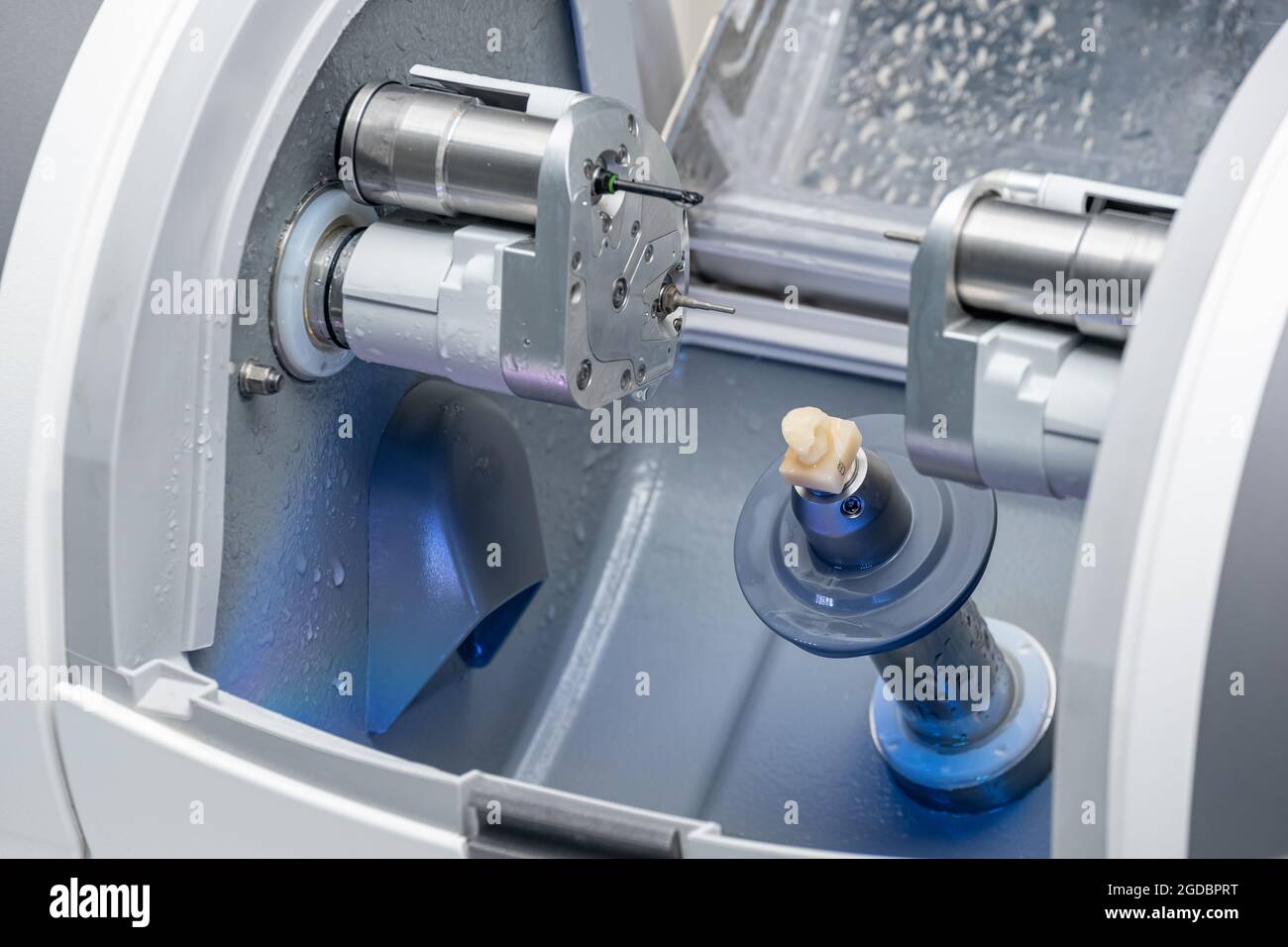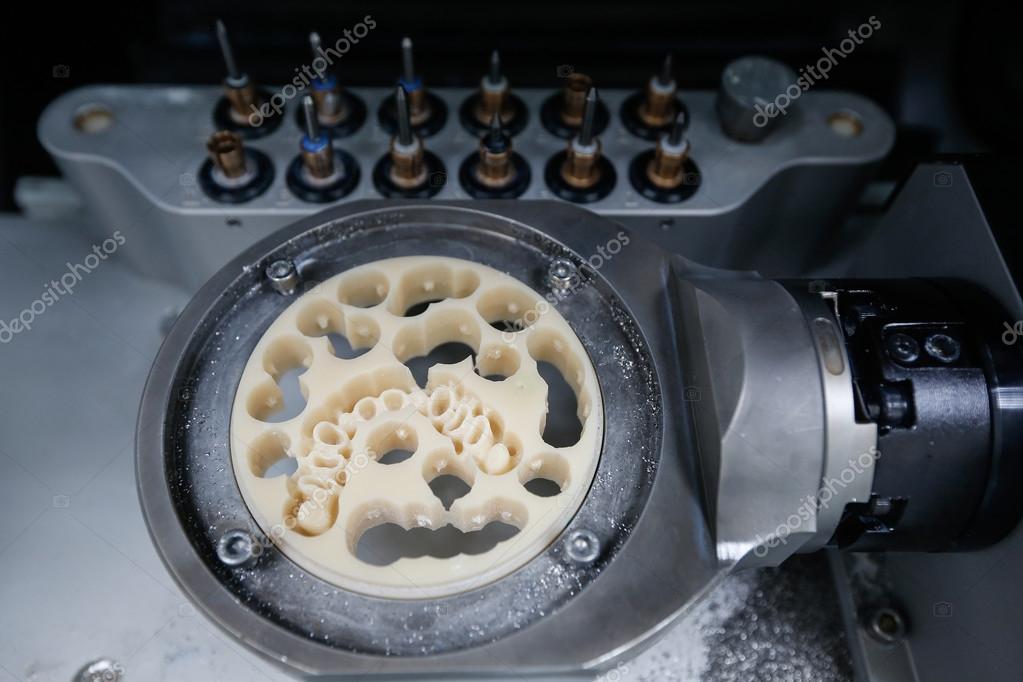
Moorman was seeing many failed composites in his practice, as these materials were relatively early in their development. Moorman, who practiced in Zurich, Switzerland, approached the VITA company, which was in nearby Bad Sakingen, Germany, to develop a block that could be milled from his new CAD/CAM system.Ĭomposite restorations were becoming more popular as the restoration of choice over amalgam for patients who were concerned about aesthetics.

After developing the hardware for the system, Dr. Werner Moorman, along with an engineer named Marco Brandestini, developed the first CAD/CAM system for dentistry. The CEREC chairside system (Dentsply Sirona).
CAD CAM MACHINE DENTAL ARCHIVE
Invisalign® is one of the many software solutions developed by CAD/CAM for orthodontics. This software is able to archive digital models obtained using optical impressions, schedule treatments by producing set-ups, and harness cephalometric data.Figure 1. In implantology, CAD/CAM can be used to make individualised pillars, customised implant bars and implant surgical guides to guide the surgical procedure for implant placement.ĬAD/CAM in orthodontics has seen the development of a new treatment for correcting malocclusions using “invisible” alignment trays, providing an alternative to conventional orthodontic treatment. The manufacturing processes and materials are different for each application, but the digital flow remains largely the same. It is also used to make maxillo-facial prostheses. It can also be used for removable prostheses and removable prostheses on implants.įor adjoint prostheses, dedicated software is capable of designing complete prosthetic bases and metal partial prosthesis frames, and to simulate the patient’s occlusion on a virtual articulator. This technique can be used for indirect restorations (inlays and onlays), single and multiple fixed prostheses, inlay cores, dental veneers, supra-implantary prostheses (bonded or screw-in), and even temporary prostheses. The application fields for CAD/CAM range from restorative dentistry and prosthetics to implantology, oral surgery and orthodontics. The use of CAD/CAM technology has led to the improvement of existing therapeutic solutions and paved the way for new solutions.

– By addition (by adding materials): we talk about additive manufacturing, better known as 3D printing. The main additive processes for formatting are stereolithography (SLA), fused deposition modelling (FDM), laser micro-fusion (LM) and selective laser sintering (SLS). – By subtraction (by removing materials): we talk about subtractive manufacturing, primarily machining via milling. The manufacturing process is conducted either:

This is the fourth and last component in the CAD/CAM dental chain, and is responsible for manufacturing.It’s a programmable machine tool fitted with a numerical control. The first part of this article examining dental CAD/CAM will be dedicated to a definition of the CAD/CAM chain and its various components and their characteristics. We will then look at the various classifications within the dental CAD/CAM chain, and discuss its applications, benefits and limitations.ĬAD (computer aided design) is the process of creating virtual objects using a graphic representation. It includes a stage prior to the prosthetics design stage involving the “post-processing” of points obtained during the acquisition stage using optical impressions. At the end of this stage, the virtual model appears on the screen after digitisation.ĬAM (computer aided manufacturing) is the process of making objects transforming a virtual object (created by CAD) into a material object. This involves dedicated software to generate toolpaths, determining the tools’ positions during manufacturing.Ĥ th link: NCMT (Numerical control machine tools) This technology has continued to evolve and improve ever since in the field of odontology, carving itself a reputation as an indispensable tool in the digital age.

Duret, CAD/CAM was born and went on to revolutionise the world of dentistry. In 1973, François Duret had the idea of transferring this concept to making dental prosthetics, and thus became the inventor of dental CAD/CAM, the foundations of which he discussed in his paper “Optical impression”. Initially developed in the aeronautical and automobile industry in the 1960s, in order to standardise the production of routine, repetitive forms, CAD/CAM’s dentistry application was considered an ambitious and somewhat fanciful project, each prosthetic piece being unique and specific to the individual patient.


 0 kommentar(er)
0 kommentar(er)
